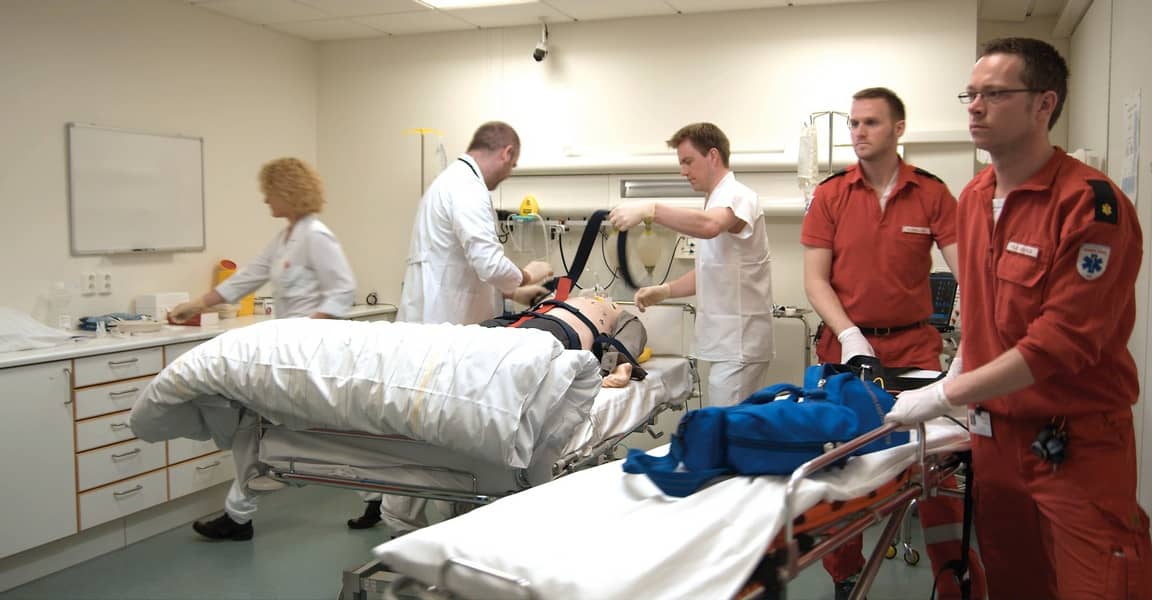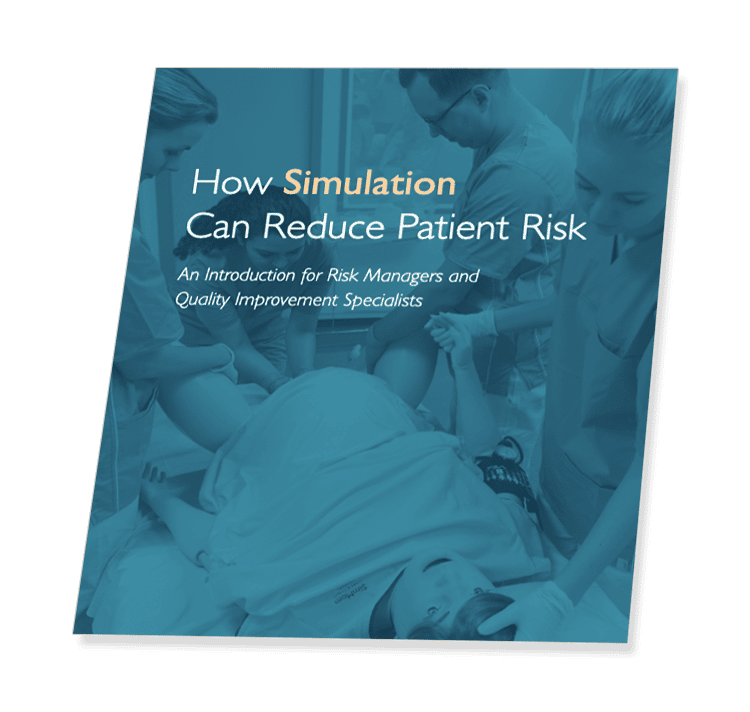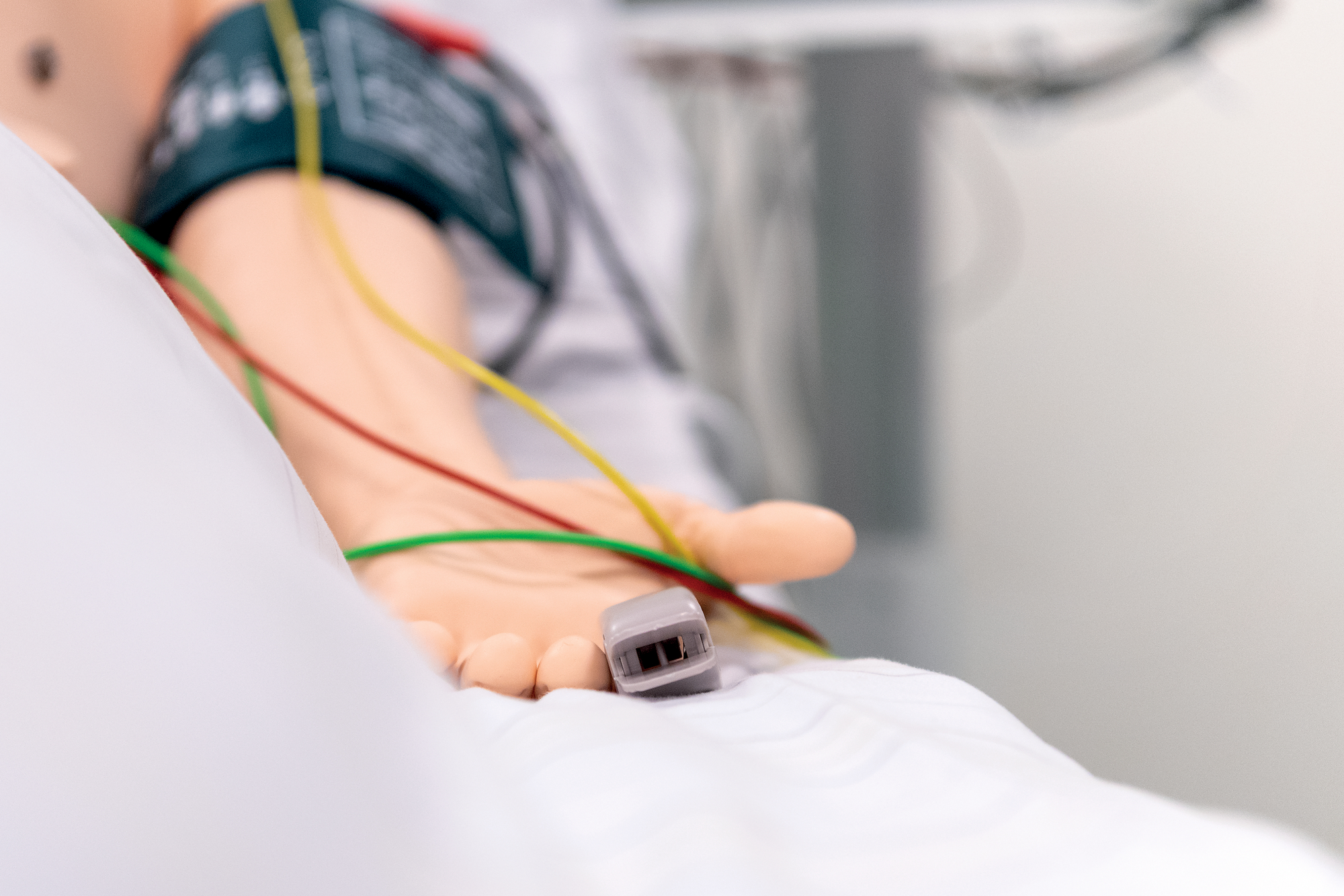
Belastungsprobe für die Notfallversorgung
Die Kultur in vielen Notaufnahmen ist geprägt von hohem Druck, schnellen Abläufen und der Notwendigkeit zu effektiver Teamarbeit, klarer Kommunikation, schnellen Entscheidungen und hoher Anpassungsfähigkeit – alles entscheidend für eine optimale Patientenversorgung.
In diesem Umfeld entstehen häufig Ineffizienzen, improvisierte Lösungen und sogenannte „normalisierte Abweichungen“, die sich als Ersatz für fehlende Teamkoordination oder unzureichende Prozesse etablieren.
Simulation: Schlüssel zur Verbesserung der Notfallversorgung
Durch den Einsatz von Quality Improvement (QI)-Methoden bringt Patientensimulation Teams in der Notaufnahme zusammen, um Probleme gemeinsam zu identifizieren, Lösungen zu testen und Ergebnisse zu messen – ohne Patient:innen zu gefährden.
Teams können realistische Hochrisiko-Szenarien durchspielen, Schwachstellen in Abläufen und Zusammenarbeit erkennen und gezielt Prozesse verbessern. Dieser kollaborative Ansatz steigert die Versorgungsqualität, Effizienz und Leistungsfähigkeit unter Druck.


